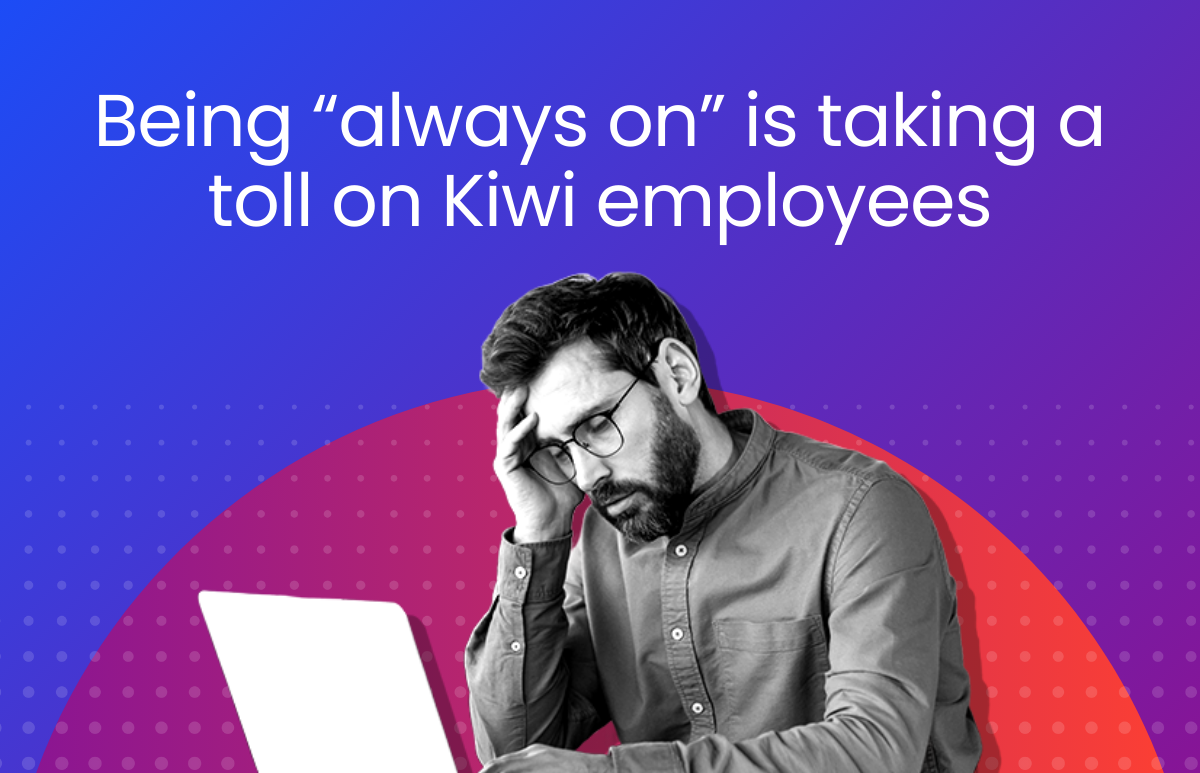Redefining “the office”: Is remote working here for good post-COVID-19?

With social distancing regulations slowly being lifted, organisations across Australia and New Zealand are considering their next steps and trying to determine how COVID-19 may have permanently changed the way work is undertaken.
Following the shutdown of businesses – particularly offices – and the spike in remote working for those who were able, new studies are showing that the move to remote working could be a permanent one – at least for some.
Advisory firm Gartner surveyed 229 HR leaders globally and revealed that 41% of employees are likely to work remotely at least some of the time following the coronavirus – up from 30% before the pandemic.[1]
Meanwhile, a report from Citrix in collaboration with research institute OnePoll revealed that 78% of Australian and New Zealand office workers believe remote working is likely to become a new normal once the country emerges from the grip of the COVID-19 pandemic. In addition, The Centre for Future Work, part of progressive think tank The Australia Institute, estimates about three in 10 Australian workers – or four million people – can do their jobs from home. The consensus appears to be that employees want a say in how and where they work in the future – and if employers are willing to give their employees a voice, it will result in win-win outcomes for both parties.
If nothing else, the disruption caused by COVID-19 has busted some myths. Some business leaders have long resisted remote working – even stigmatising it as being for slackers or those not serious about career progression. However, many have been forced to reconsider this view, largely due to first-hand experience of remote working. It’s increasingly apparent that in most cases productivity has not suffered – and in some cases has improved.
An earlier survey by Gartner[2] of more than 5,000 employees found that remote employees were generally more engaged and productive, with 48% of fully remote employees exhibiting high discretionary effort (that is, going ‘above and beyond’), versus 35% of employees who never work remotely. However, the same survey indicated that the percentage of employees exhibiting high intent to stay with their current employer is 13 percentage points higher among those who never work remotely – indicating that remote workers pose a higher turnover risk. This could indicate a greater need for employers to reinforce social bonds with these workers, and to show their trust by allowing these employees determine their own schedules and ways of working. (Read our blog with tips for employers to bond with remote workers)
The benefits of keeping some employees working remotely flow to employers as well, with some predicting that instead of leasing huge offices at high-dollar prices, employers could save money by renting smaller spaces.[3] Further bottom line savings could come from reductions in heating/cooling and incidental office costs (e.g. those all-important snacks and beverages, etc.). Note: these savings might need to be balanced against the costs involved in ensuring the technology infrastructure in place (not to mention the software/hardware) is sophisticated enough to allow for the continuation of remote working.
All of this could fundamentally change the definition of “the office”. Instead of the office being a place where workers go to every day, it could transition to being more like a central meeting spot for important meetings and collaborative work – and of course, social interactions.
When workers do return to the office, it won’t look like it did before COVID-19 hit. For one thing, it will be less crowded. Work-at-home rosters will become standard, with employees returning in shifts or alternate days. The physical space will also change, with less hot-desking, more private spaces, cubicles separated by plastic guards, hallways sign-posted for one-way traffic, and stricter hygiene rules for communal spaces such as kitchens, dining areas and bathrooms.
With a COVID-19 vaccine still months or even years away, it’s clear there is no “right” or “wrong” way to adapt a workforce or workplace to such an uncertain future. It will come down to the unique situation of each business, and the preferences of the leaders and employees in those businesses. Whatever the future holds, adaptability and patience will be crucial – two traits already demonstrated time and time again by employees, HR professionals and business leaders throughout this challenging time.
Not sure where to start with the shift back to the office? Read our guide to navigating the return-to-work transition in Australia and New Zealand, and our blog exploring return-to-work strategies.
ELMO Cloud HR & Payroll can help business leaders manage their workforce, even while operating remotely. As a cloud-based solution, ELMO helps employers manage their teams from anywhere at any time from a secure, centralised database. All employee-employer touchpoints are covered by ELMO’s suite, from ‘hire to retire’. This includes recruitment, onboarding, performance management, payroll, rostering / time & attendance, learning & development, and more. For further information, contact us.
[1] Gartner HR survey reveals 41% of employees likely to work remotely at least some of the time post coronavirus pandemic, April 14, 2020
[2] 1Q20 Gartner Survey
[3] “Offices are transforming forever. Here’s what to expect when you go back in — and why it won’t be like you remembered”, Business Insider, May 5, 2020
 HR Core
HR Core 









